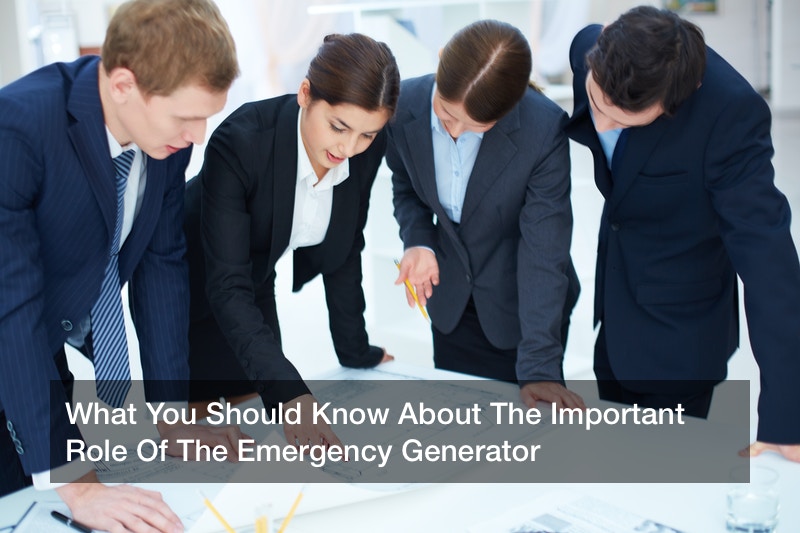
Power and electricity and energy sources are things that have become quite totally important here in the United States. After all, we rely on so many of these things, from the lights that we use to the way in which we heat our homes. Even our refrigeration systems and freezers rely on such types of energy, helping us to keep our food fresh and able to eat for longer periods of time, something that can certainly have quite the immense impact on the overall health of the typical person, to say the very least. And lights alone have been a hugely important force in the world as we know it. After all, lighting allows us to keep working for longer into the night and to access more productive hours of the day – something that was most certainly not always possible throughout human history.
However, power outages have become more and more increasingly commonplace no matter where you might look in the country, as they are particularly prominent here in the United States. After all, the data that has been gathered on the subject more than backs up this claim. This data shows that there were as many as 130 grid outages in the first half of the year of 2014 alone, let alone in the second half of that year or in all the years that have followed since. And grid outages like these have very much been on the rise. Compared to the year of 1984, when such data first started to be collected, we now have up to 285% more power outages in the modern age than even just around 30 years in the past.
For many people, these power outages can be quite costly indeed. For one thing, the typical family can end up losing a good deal of money in the form of lost groceries alone, depending on the total duration of the power outage in question. After all, groceries that must be refrigerated or kept in the freezer will no longer be safe for human consumption after about four hours. In some cases, the power will have come on by then, but this certainly does not always hold true. Instead, it is important to note that many people will need to throw away much of their perishable food – and will need to buy new food, thus costing them double what they would normally pay for their groceries.
And the cost of power outages to various local businesses is also a high one, no doubt about it. As a matter of fact, up to $150 billion is lost by businesses to power outages is lost each and every year – and that’s just in the United States, let alone elsewhere in the world as a whole. Weather related power outages have been found to cost, by and large, the most when it comes to the toll taken on the businesses, both small and large alike, in question. However, all forms of power outages are certainly not harmless, not by any stretch of the imagination.
Fortunately, however, the emergency generator can very much save the day, as whole house generators and generators for the business environment can serve as a stopgap source of energy in the unfortunate even of a power outage. Such generators can ensure that business can carry on as normal – or at least, as normal as is really possible. For many people, the cost of generator installation is more than worth it at the end of the day.
Of course, there are still a number of considerations to be made surrounding such matters. Emergency generator installation requirements are one such thing, as emergency generator installation requirements must be met if the emergency generator in question is to function as it should. Without following emergency generator installation requirements, installers of generators can set up an unsafe situation, one that could quite easily have been avoided through the careful attention to emergency generator installation requirements by the generator installers. In fact, following emergency generator installation requirements might even make or break the success of the installation, thus necessitating emergency generator installation requirements.

